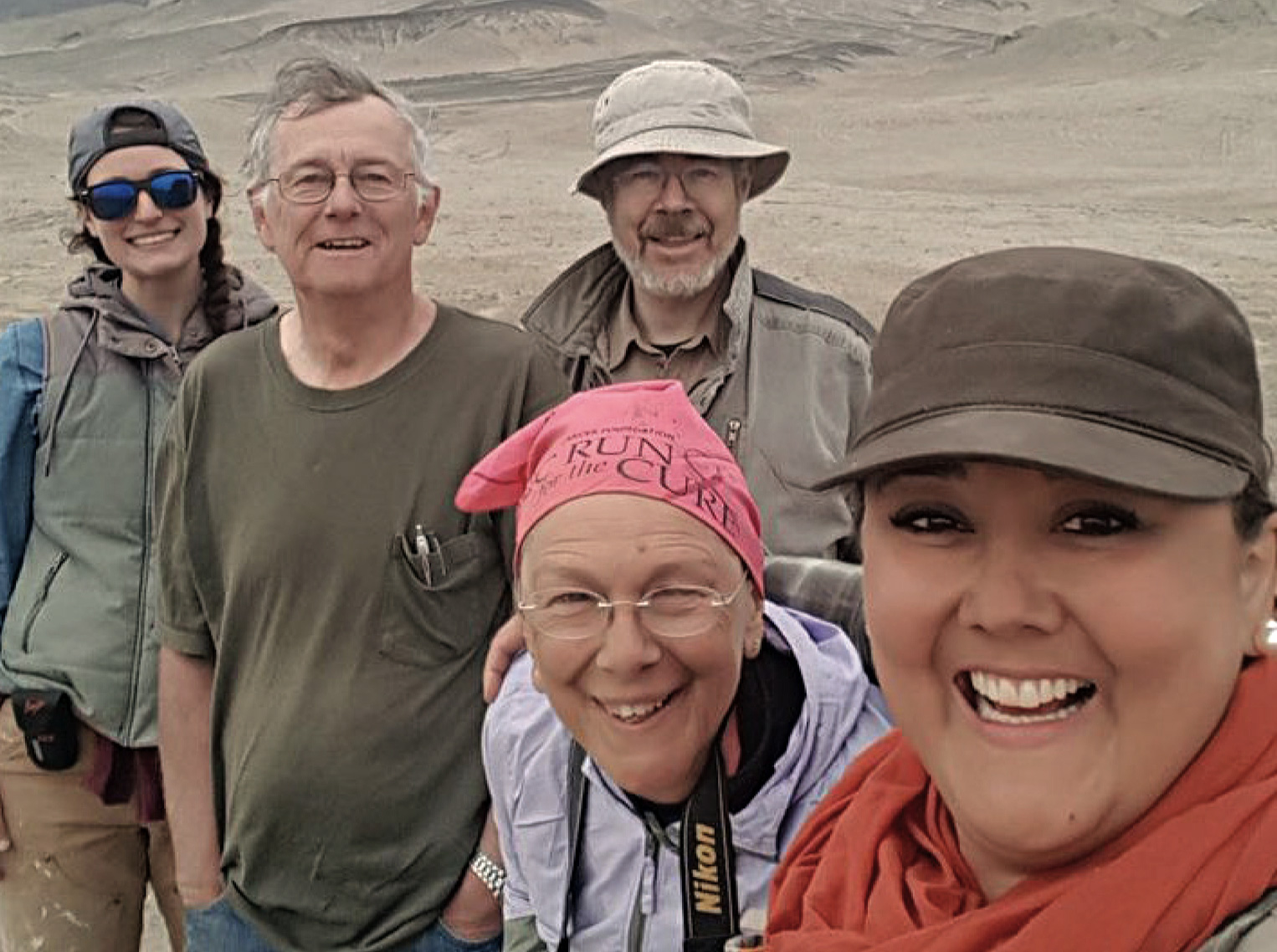
Dan Sandweiss Led Team of Researchers to Peru
During the month of August, 2018, Professor Dan Sandweiss led a team of researchers in Peru seeking to date what may be the earliest evidence of warfare in the New World. This evidence comes in the form of slingstones placed in piles, with the piles spaced about two meters apart along two lines. The piles were discovered by Trent University archaeologist John Topic in the 1980s and are right next to the Ostra Collecting Station, which Sandweiss has dated to about 6000 years ago. The Peruvian project director is Cecilia Mauricio (UMaine MS in Quaternary and Climate Studies 2012; IPhD 2015). The rest of the team included two UMaine faculty members: Professor Paul “Jim” Roscoe, an expert in the anthropology of war; and Cooperating Professor Alice Kelley, a geoarchaeologist; UMaine graduate student Emily Blackwood (UMaine BA Anthropology 2015); chronometry expert Dr. Gloria López from CENIEH in Burgos, Spain; and Bangor lawyer James Munch. The key to the research is trying to date the placement of the stones using a technique called Optically Stimulated Luminescence (OSL), which can show how long it is has been since sand grains were last exposed to sunlight. Dr. López is a specialist in OSL and she took samples from under 10 of the piles. To do so required using a black tent to ensure that the sand was not exposed to light while being excavated. Results are expected late in the spring semester.
